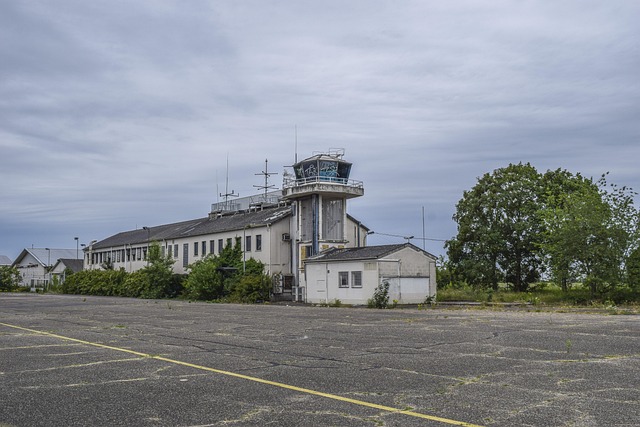Beavers cause flooding and damage in urban Denver areas, attracting pigeons that also pose significant problems for commercial buildings. Effective bird control for pigeons is key to preventing beaver damage. Strategies include falconry, netting, spikes, cleaning droppings, repellents, fencing, and culverts to deter beavers from streams and ponds near structures. Professional consultation is advised for tailored solutions.
Wildlife control, particularly managing beaver damage, is a growing concern in urban areas like Denver. This article explores effective strategies to prevent unwanted wildlife interactions, focusing on understanding beaver behavior and implementing robust bird control measures for pigeons on commercial buildings. We delve into long-term prevention techniques tailored to the unique challenges of Denver’s landscape. By combining knowledge of local habitat preferences with innovative control strategies, businesses can protect their properties and create a harmonious coexistence with these creatures.
- Understanding Beaver Behavior and Habitat Preferences
- Effective Bird Control Strategies for Pigeons on Commercial Buildings
- Long-Term Prevention Measures: Protecting Properties in Denver
Understanding Beaver Behavior and Habitat Preferences

Beavers are highly adaptable creatures with specific behaviors and habitat preferences that property owners and managers should understand to prevent damage. They are primarily nocturnal and tend to work in pairs, building dams and lodges for shelter and protection from predators. These structures can lead to flooding and structural damage if not managed properly. Beaver habitats typically include streams, rivers, and wetlands, where they have easy access to water for their dam-building activities. In urban areas, such as Denver, beavers may also inhabit commercial buildings with nearby water sources like ponds or small streams.
To mitigate potential conflicts with these industrious rodents, understanding their behavior is key. Bird control measures, like those targeting pigeons on commercial buildings, can provide insights into effective deterrents. For instance, noise makers and visual scares, such as reflective objects, can be used to disturb beavers during their activities, encouraging them to seek alternative habitats. Additionally, proper land management techniques, including the removal of potential food sources and the modification of water access points, can help prevent beaver damage and encourage them to inhabit more suitable areas.
Effective Bird Control Strategies for Pigeons on Commercial Buildings

Pigeons can be a significant pest on commercial buildings in Denver, causing damage to roofs and facades with their nesting habits and droppings. Implementing effective bird control strategies is crucial for maintaining the integrity of structures and preventing health hazards. One proven method is using visual deterrents like falconry and aerial hawks, which mimic natural predators, scaring pigeons away from targeted areas.
Additionally, physical barriers such as mesh netting and spikes can be installed on ledges and rooftops to physically prevent pigeon access. Regular cleaning of bird droppings is essential for hygiene, and repellents with unpleasant odors or flavors can further discourage these birds from landing. Denver businesses should consult professionals for tailored solutions to humanely manage pigeon populations around their commercial buildings.
Long-Term Prevention Measures: Protecting Properties in Denver

In the long term, preventing beaver damage requires a multifaceted approach, especially in urban areas like Denver. Beyond immediate intervention strategies, property owners and managers can take proactive steps to deter beavers from causing havoc. One effective measure is implementing robust bird control for pigeons on commercial buildings. Pigeons are known to attract beavers due to their presence near water sources and potential food sources like grain or seeds. By reducing pigeon populations, there’s a corresponding decrease in beaver activity, as they often view these birds as a sign of habitable areas.
Additionally, physical barriers such as fencing and culverts can be installed to restrict beaver access to streams and ponds, which are their primary habitats. These structures should be built to withstand potential damage from beavers and other wildlife. Regular maintenance and inspection are crucial to ensuring the integrity of these defenses against persistent beaver activity.
Beaver damage can be a significant concern for properties in areas like Denver, especially with proper understanding of their behavior and habitat preferences. For commercial buildings, implementing long-term prevention measures such as robust fencing and water deterrents is crucial to avoid costly repairs. Additionally, effective bird control strategies, specifically tailored for pigeon management, can further mitigate issues associated with these urban visitors. By combining knowledge of beaver biology with practical solutions for bird control on commercial properties, Denver residents can enjoy a harmonious coexistence with wildlife while protecting their investments.
